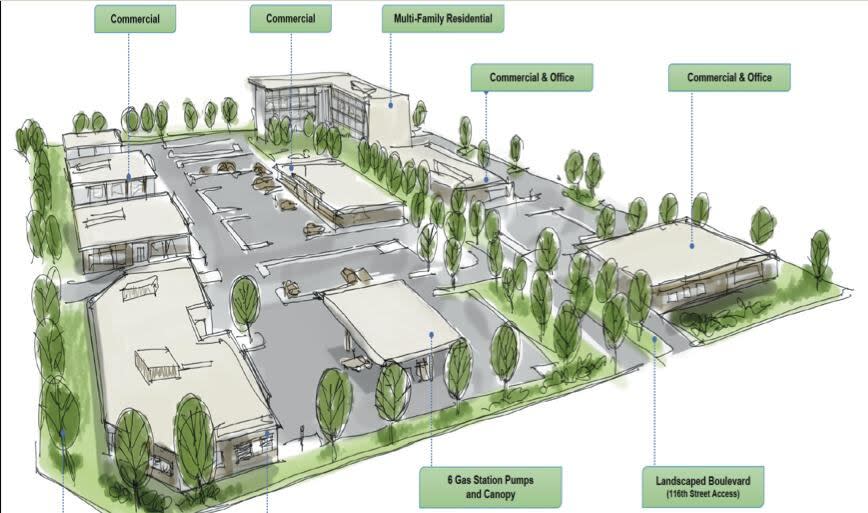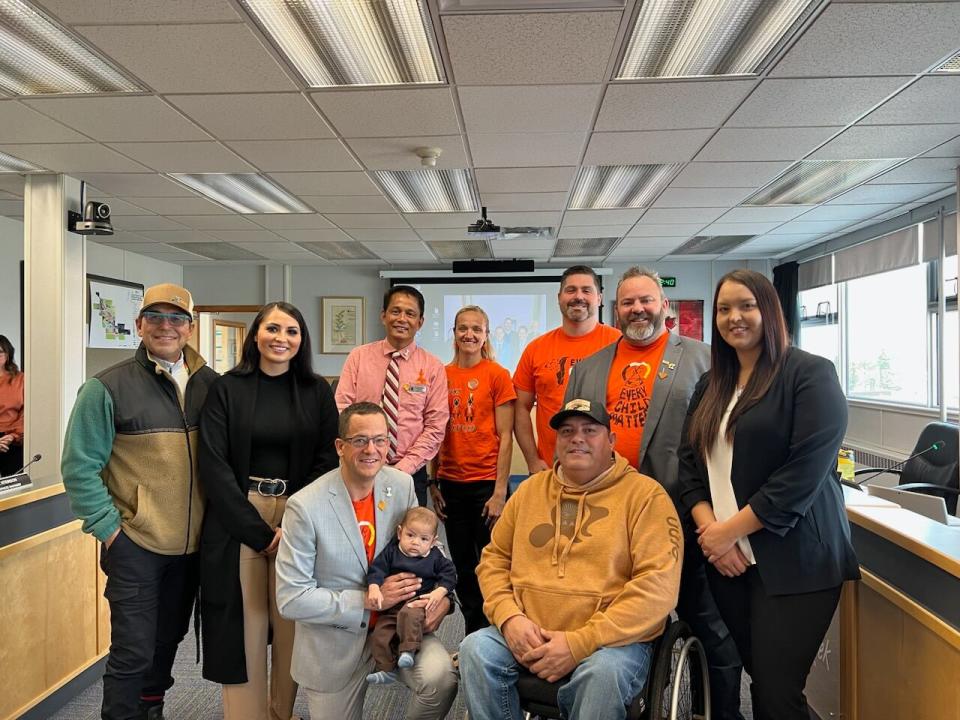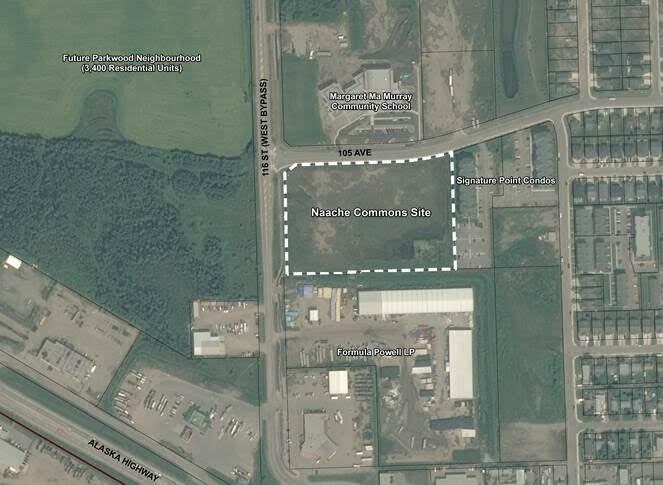Cities in northeast B.C. embrace 'urban reserve' partnerships with First Nations

Cities and First Nations in northeast B.C. are embracing the creation of urban reserves within existing municipal boundaries.
Members of the Doig River First Nation met with Dawson Creek council on Sept. 25 to discuss prospects of building an urban reserve within city limits. The nation is already in the process of developing a similar reserve on 20 acres of land in Fort St. John, which is also speaking with the Prophet River First Nation about doing the same.
An urban reserve is when land in or near a municipality is converted into reserve land, as recognized by the federal Crown.
Like reserves in more remote locations, First Nations get a break on paying taxes for certain items and often don't have to pay income tax for money earned on reserves, though they do pay for services such as water, garbage collection, police and fire protection to the municipality in which they are located.
Doig River band manager Shona Nelson said the proposed reserve in Dawson Creek will provide opportunities for the nation's long-term economic growth.
"First Nations can become more self-reliant by generating their own source of income outside of fiscal transfers from the government," she said.
There are more than 120 urban reserves across Canada, with more being created every year.
Gaining a foothold in urban economies
Historically, First Nation reserve land has been located far from urban centres, according to Ken Coates, program chair of Indigenous Governance at Yukon University, as settlers displaced existing Indigenous populations.
"The geographic remoteness poses challenges for First Nations trying to increase their economic self-sufficiency," he said.
Coates argues urban reserves are one of the best ways to address the problem of geographic remoteness.

Dawson Creek's city council along with Mayor Darcy Dober (crouched down, front and left holding a baby) met with Doig River First Nation Chief Trevor Makadahay (seated, front and right) and representatives from the band this week to hear plans for an urban reserve. (Shona Nelson/Doig River First Nations)
"It provides a foothold in the urban and mainstream economies and provides job opportunities for a number of First Nations who have relocated to cities."
The main reserve for Doig River First Nation is about 150 kilometres north of Dawson Creek and about 55 kilometres north of Fort St. John, the largest city in northeastern B.C.
Benefits for cities
Urban reserves, Nelson says, are a win-win situation for both Indigenous people and cities.
Ginger Gosnell-Myers, a fellow at Simon Fraser University who studies urban Indigenous planning, policy, and decolonization, agrees.
"Reserve lands don't have to abide by municipal bylaws, which helps them build necessary infrastructures for urban development."
This is exactly what the Squamish Nation is doing with its Sen̓áḵw development project in Vancouver, explained Gosnell-Myers.
"The Squamish Nation is free from rules that bind most urban developers and they are developing thousands of rental units, which Vancouver desperately needs," she said.

The location for the proposed urban reserve in Dawson Creek, which totals over 10 acres. (Shona Nelson/ Doig River First Nation)
Mayor Darcy Dober said Dawson Creek is excited about the opportunities the urban reserve will provide for the community.
"The Doig River First Nation are our neighbours and we want to get to know them," he said.
How it works
Last year, Doig River First Nation purchased 10 acres of Crown land in Dawson Creek at market value as fee simple lands, which are privately owned land registered under the provincial Land Title Act.
Land transferred in fee simple are subject to bylaws, zoning regulations and property taxes like any other private property.
To convert this fee simple land into reserve status, the nation needs to enter a federal process called Additions-to-Reserve (ATR).
The process for doing so can be lengthy: when Doig River underwent the same process of 20 acres of land in Fort St. John, it took about two-and-a-half years to have the land converted, Nelson said.
In Fort St. John, the First Nation is currently developing an 8.1-acre section of property directly across from Margaret Ma Murray Community School. Known as the Naache Commons, the property will see infrastructure including a gas station, in-town band office, health and wellness centres, condos for elders and band members, and restaurants.
For now, the First Nation is working on finalizing architectural designs for the Naache Commons infrastructures and the gas station.
It's not clear as to when the urban reserve will come to fruition but the gas station is expected to be completed by 2025, according to Nelson.
Fort St. John creating more urban reserves
Ryan Harvey, communications manager with the City of Fort St. John, said collaborating with Doig River on the urban reserve has been "groundbreaking" and the city is interested in partnering with other First Nations on similar projects.
"It's great that we have come together and created this opportunity for us to contribute to a prosperous local economy going forward and an opportunity to provide new cultural experiences and expression," said Harvey.

Naache Commons, located directly north of Ma Murray Elementary School in Fort St. John on the West Bypass Road and 105th Avenue. (Doig River First Nation)
Last fall, the city also signed a memorandum of understanding with the Prophet River First Nation to create another urban reserve within the city limits.
"We're absolutely open to development opportunities with local First Nations looking to invest in the area and create something meaningful for themselves and for us," added Harvey.


